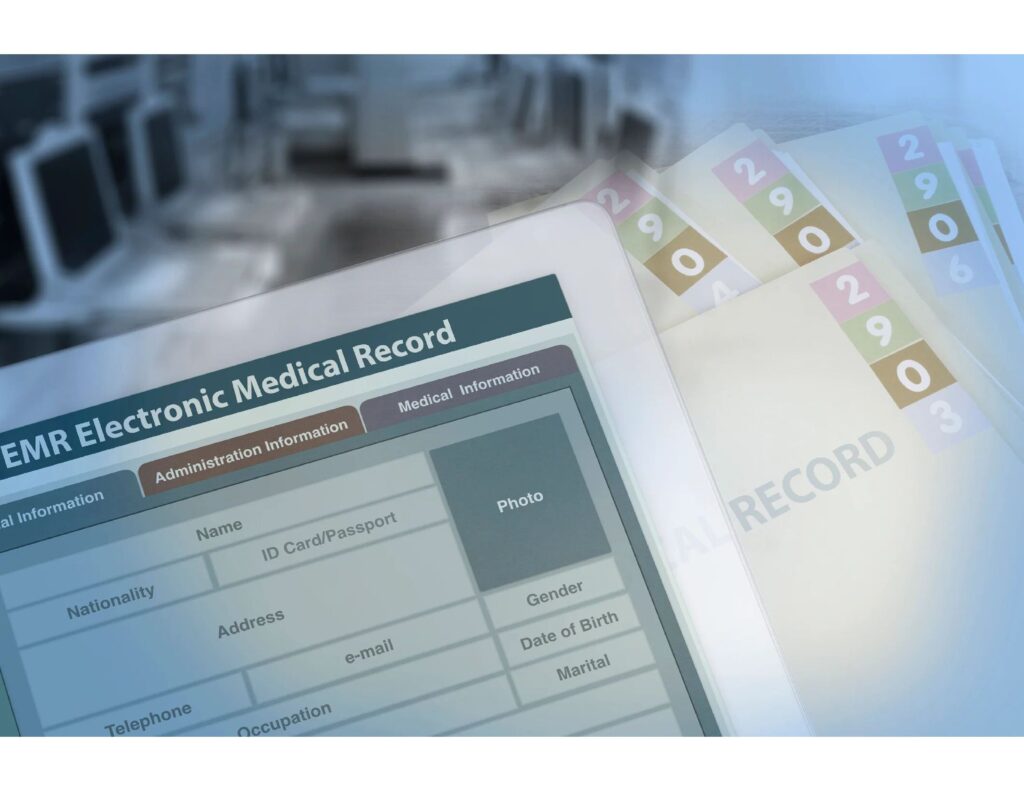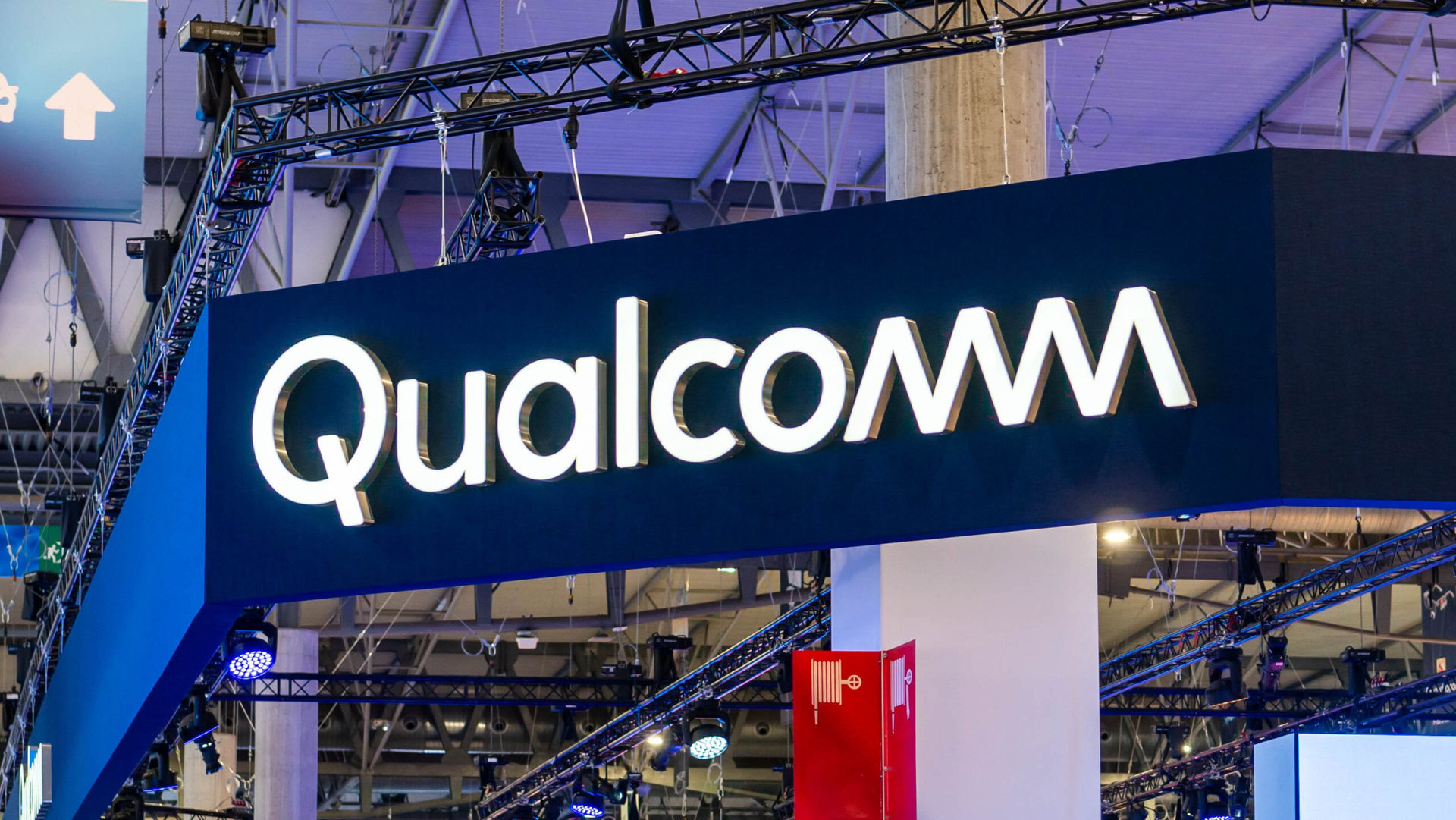
In today’s rapidly advancing digital age, healthcare technology has become integral to medical care delivery. Technology is transforming how healthcare is delivered and managed, from electronic health records (EHRs) to telemedicine and wearable devices. However, the true potential of these innovations can only be realized when they work seamlessly together, a concept known as interoperability. Interoperability in healthcare technology is essential for improving patient outcomes, enhancing efficiency, and reducing costs. This blog will explore the importance of interoperability in healthcare technology, the challenges it faces, and the steps that can be taken to achieve it.
Understanding Interoperability in Healthcare Technology
Before diving into the importance of interoperability, it’s crucial to understand what it entails. Interoperability refers to the ability of different healthcare information systems, devices, and applications to access, exchange, and use information coordinated across organizational boundaries. It allows for the seamless flow of information between various healthcare stakeholders, including hospitals, clinics, pharmacies, laboratories, insurance companies, and patients.
A. Levels of Interoperability:
- Foundational Interoperability: This is the most basic level of interoperability and refers to the ability of one information system to send data to another. The receiving system does not need to interpret the data.
- Structural Interoperability: This level ensures that the exchange data’s structure or format is preserved, allowing the receiving system to understand and use the data. It involves standardizing data formats and protocols.
- Semantic Interoperability: The highest level of interoperability, semantic interoperability, allows different systems to exchange data and interpret and use the data meaningfully. This involves using standardized coding systems, such as ICD-10 for diagnoses or SNOMED CT for clinical terms.
B. Key Components of Interoperability:
- Standards and Protocols: For interoperability to be effective, healthcare systems must adhere to common standards and protocols. These standards govern how data is structured, transmitted, and interpreted.
- Data Exchange: Interoperability enables the exchange of data between different healthcare systems, whether within the same organization or across different organizations.
- Data Integration: Beyond exchanging data, interoperability ensures that data from different sources can be integrated into a comprehensive view of the patient’s health information.
- Data Privacy and Security: Interoperability must be achieved while maintaining the privacy and security of patient data. This involves ensuring that data is encrypted, access is controlled, and compliance with regulations like HIPAA (Health Insurance Portability and Accountability Act) is maintained.
The Importance of Interoperability in Healthcare Technology
Interoperability in healthcare technology is crucial for several reasons, all of which contribute to improving patient care, enhancing healthcare efficiency, and reducing costs.
A. Improving Patient Outcomes:
- Comprehensive Patient Records: Interoperability allows healthcare providers to access comprehensive patient records from various sources, including hospitals, clinics, laboratories, and pharmacies. This holistic view of the patient’s health history enables more accurate diagnoses, personalized treatment plans, and better-informed clinical decisions.
- Coordinated Care: Many patients, especially those with chronic conditions, receive care from multiple providers. Interoperability ensures that all providers involved in a patient’s care have access to the same information, facilitating coordinated care. This reduces the risk of medical errors, duplicate tests, and conflicting treatments.
- Patient Engagement: Interoperability also empowers patients by giving them access to their health information across different platforms. When patients can access and share their health data, they are more likely to be engaged in their care, leading to better adherence to treatment plans and improved health outcomes.
B. Enhancing Healthcare Efficiency:
- Streamlined Workflows: Interoperability reduces the administrative burden on healthcare providers by streamlining workflows. For example, when information flows seamlessly between EHRs, labs, and pharmacies, healthcare providers can spend less time on paperwork and more time on patient care.
- Reducing Redundancies: Providers can avoid redundant tests and procedures when healthcare systems are interoperable. For example, if a lab test result is available in the system, another provider can access it rather than ordering the same test again. This not only saves time but also reduces healthcare costs.
- Improved Resource Allocation: Interoperability allows healthcare organizations to allocate resources more efficiently. For example, hospitals can optimise their operations and reduce wait times by having access to real-time data on patient admissions, bed availability, and staff schedules.
C. Reducing Healthcare Costs:
- Avoiding Duplicate Testing: One of the significant drivers of healthcare costs is the duplication of tests and procedures. Interoperability reduces the likelihood of duplicate testing by ensuring healthcare providers access previous test results and medical records.
- Efficient Billing and Claims Processing: Interoperability streamlines billing and claims processing by ensuring that accurate and consistent data is available to healthcare providers and insurance companies. This reduces the likelihood of billing errors, denied claims, and payment delays.
- Population Health Management: Interoperability supports population health management by enabling the aggregation and analysis of data from various sources. This allows healthcare organizations to identify trends, monitor public health, and implement preventive measures, ultimately reducing healthcare costs.
D. Supporting Public Health and Research:
- Data Sharing for Research: Interoperability facilitates health data sharing for research purposes. Researchers can access data from various healthcare systems to study disease patterns, treatment effectiveness, and public health interventions. This contributes to the advancement of medical knowledge and the development of new treatments.
- Public Health Surveillance: Interoperability plays a crucial role in public health surveillance by enabling timely data exchange between healthcare providers, public health agencies, and government organizations. This is particularly important during disease outbreaks, where real-time data is essential for tracking the spread of infections and implementing control measures.
- Health Information Exchange (HIE): Interoperability supports the establishment of Health Information Exchanges (HIEs), platforms that facilitate the secure exchange of health information between different healthcare organizations. HIEs are vital for improving care coordination, especially in regions with multiple healthcare providers.
Challenges to Achieving Interoperability in Healthcare Technology
While the benefits of interoperability in healthcare technology are clear, achieving it is challenging. These challenges can be technical, organizational, and regulatory, and they must be addressed to realize the full potential of interoperability.
A. Technical Challenges:
- Legacy Systems: Many healthcare organizations still use legacy systems not designed for interoperability. These systems may lack the capability to exchange data with newer systems, leading to information silos.
- Data Standardization: Different healthcare systems may use different data formats, coding systems, and protocols, making it difficult to achieve interoperability. Data standardization is essential for ensuring that information can be exchanged and interpreted consistently.
- Integration of Diverse Systems: Healthcare organizations often use various systems from different vendors, including EHRs, laboratory information systems, and imaging systems. Integrating these diverse systems into a cohesive, interoperable network can be complex and costly.
B. Organizational Challenges:
- Resistance to Change: Implementing interoperability requires changes to existing workflows, processes, and technologies. Healthcare organizations may face resistance from staff accustomed to the current systems and hesitant to adopt new technologies.
- Cost of Implementation: Achieving interoperability often requires significant investment in new technologies, staff training, and system integration. For smaller healthcare organizations with limited budgets, the cost of implementation can be a significant barrier.
- Data Governance and Management: Ensuring data accuracy, consistency, and security across interoperable systems requires robust data governance and management practices. Healthcare organizations must establish clear policies and procedures for data entry, access, and sharing.
C. Regulatory Challenges:
- Compliance with Privacy Regulations: Interoperability must be achieved in compliance with privacy regulations such as HIPAA. Healthcare organizations must ensure that patient data is exchanged securely and patients’ privacy rights are protected.
- Lack of Universal Standards: While there are several standards for healthcare interoperability, such as HL7, FHIR, and DICOM, no universal standard is widely adopted across all healthcare systems. The lack of universal standards can create challenges in achieving true interoperability.
- Regulatory Requirements for Data Sharing: In some cases, healthcare organizations may face regulatory requirements that mandate data sharing, but these requirements may not be clear or consistent. Navigating the regulatory landscape can be challenging for organizations seeking to achieve interoperability.
Strategies for Achieving Interoperability in Healthcare Technology
Despite the challenges, several strategies can be adopted by healthcare organizations to achieve interoperability and realize its benefits.
A. Adoption of Standards and Protocols:
- Implementing Industry Standards: Healthcare organizations should adopt industry standards such as HL7, FHIR, and DICOM to ensure that their systems can exchange data with other systems. These standards provide data formatting, transmission, and interpretation guidelines, making interoperability more achievable.
- Engaging with Standards Organizations: Healthcare organizations can engage with standards organizations and industry groups to stay informed about the latest developments in interoperability standards. Participation in these groups can also provide opportunities to contribute to developing new standards.
B. Investment in Interoperability Solutions:
- Upgrading Legacy Systems: Healthcare organizations should consider upgrading or replacing legacy systems incapable of interoperability. While this may require significant investment, the long-term benefits of interoperability, such as improved patient care and reduced costs, make it worthwhile.
- Adopting Interoperability Platforms: Several interoperability platforms and solutions are available that can facilitate the exchange of data between different systems. Healthcare organizations should explore these solutions and consider implementing them to achieve interoperability.
- Leveraging Cloud-Based Solutions: Cloud-based solutions can support interoperability by providing a centralized data storage, sharing, and access platform. Healthcare organizations can leverage cloud technology to create a seamless flow of information across different systems.
C. Collaboration and Partnerships:
- Collaborating with Vendors: Healthcare organizations should collaborate with their technology vendors to ensure their systems are interoperable. Vendors should be encouraged to develop systems that adhere to industry standards and integrate with others.
- Forming Partnerships with Other Healthcare Organizations: Achieving interoperability often requires collaboration between healthcare organizations, such as hospitals, clinics, and labs. By forming partnerships and participating in HIEs, healthcare organizations can work together to create interoperable systems.
- Engaging with Government and Regulatory Bodies: Healthcare organizations should engage with government agencies and regulatory bodies to advocate for interoperability policies and regulations. Healthcare stakeholders can create a regulatory environment that facilitates data exchange and protects patient privacy by working together.
D. Enhancing Data Governance and Management:
- Establishing Data Governance Policies: Healthcare organizations should establish clear data governance policies that define how data is collected, entered, accessed, and shared. These policies should be aligned with industry standards and regulatory requirements to support interoperability.
- Training Staff on Data Management: Staff training is essential for ensuring that data is entered accurately and consistently across interoperable systems. Healthcare organizations should provide training on data management best practices and the importance of interoperability.
- Ensuring Data Security and Privacy: Interoperability must be achieved while maintaining the security and privacy of patient data. Healthcare organizations should implement robust security measures, such as encryption, access controls, and regular audits, to protect data across interoperable systems.
The Future of Interoperability in Healthcare Technology
As healthcare technology continues to evolve, the importance of interoperability will only increase. Several trends and developments will likely shape the future of interoperability in healthcare.
A. Advancements in Artificial Intelligence and Machine Learning:
- AI-Powered Interoperability Solutions: Artificial intelligence and machine learning can enhance interoperability by automating data integration and interpretation. AI-powered solutions can help identify patterns in data, predict patient outcomes, and support clinical decision-making.
- Personalized Medicine: Interoperability will play a crucial role in the advancement of personalized medicine, where treatment plans are tailored to individual patients based on their genetic, environmental, and lifestyle factors. Seamless data exchange between systems will be essential for creating personalized treatment plans.
B. Expansion of Telemedicine and Remote Monitoring:
- Integration of Telemedicine Platforms: The expansion of telemedicine will require the integration of telemedicine platforms with other healthcare systems, such as EHRs and labs. Interoperability will ensure that telemedicine data is available to healthcare providers and can be used in clinical decision-making.
- Wearable Devices and Remote Monitoring: Wearable devices and remote monitoring tools are rising, providing valuable real-time health data. Interoperability will be essential for integrating this data into patient records and using it to inform treatment plans.
C. Global Interoperability Initiatives:
- Cross-Border Health Data Exchange: As healthcare becomes more globalized, there is a growing need for cross-border health data exchange. Interoperability initiatives that enable the secure exchange of health data across different countries will be essential for supporting international patient care and public health.
- Global Standards for Interoperability: Efforts to develop global standards for interoperability are likely to continue, with organizations like the World Health Organization (WHO) and international standards bodies leading the way. Global standards will facilitate health data exchange across different regions and healthcare systems.
D. Patient-Centered Interoperability:
- Empowering Patients with Data Access: The future of interoperability will likely focus on empowering patients by giving them access to their health data across different platforms. Patient-centred interoperability will enable individuals to take control of their health information and share it with healthcare providers as needed.
- Interoperability for Preventive Care: Interoperability will also play a role in preventive care by integrating data from various sources, such as genetic testing, lifestyle tracking, and environmental monitoring. This data can be used to identify risk factors and implement preventive measures.
Interoperability in healthcare technology is not just a technical requirement but a fundamental necessity for delivering high-quality, efficient, and cost-effective care. By enabling the seamless exchange of information between different systems, interoperability enhances patient outcomes, streamlines healthcare workflows, reduces costs, and supports public health initiatives. While there are challenges to achieving interoperability, including technical, organizational, and regulatory obstacles, the benefits far outweigh the difficulties. By adopting standards, investing in interoperability solutions, collaborating with partners, and enhancing data governance, healthcare organizations can work towards achieving true interoperability and unlocking the full potential of healthcare technology. As healthcare evolves, interoperability will remain a key driver of innovation, patient-centred care, and global health advancements.



